Fairs & Festivals
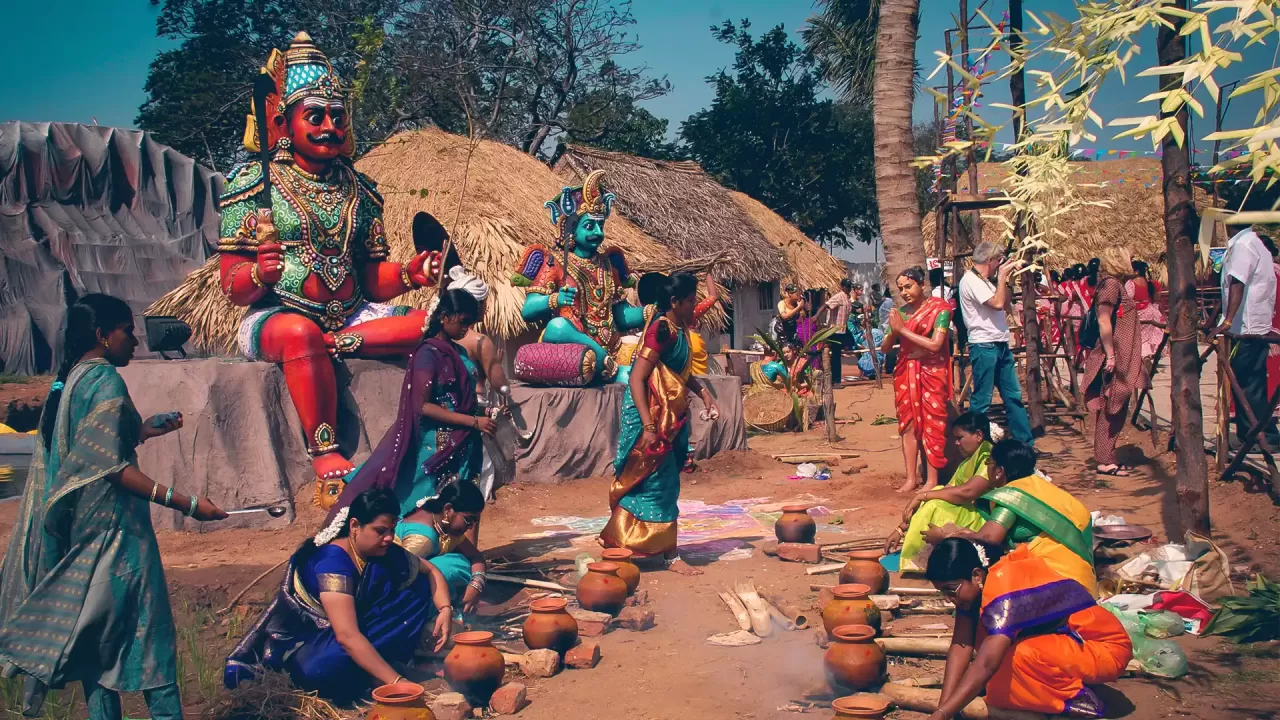
Pongal Festival
January is a special month as it opens the window to a new and fresh year. It is even more special for the people of Tamil Nadu as they welcome their harvest festival, Pongal. The four-day event that is dedicated to the Sun God marks the Sun’s journey northward, Uttarayan. Pongal is usually celebrated between 13 and 16 January. The four days – Bhogi Pongal, Thai Pongal, Mattu Pongal and Kaanum Pongal – have their separate significance. Thai Pongal on January 14 corresponds with the Makar Sankranti, the harvest festival that is celebrated across India under various regional names. People discard their old materials and replace them with new items on Bhogi day. Sun God is worshipped on Thai or Surya Pongal day. Kolams or decorative patterns are drawn at the entrance of the house.
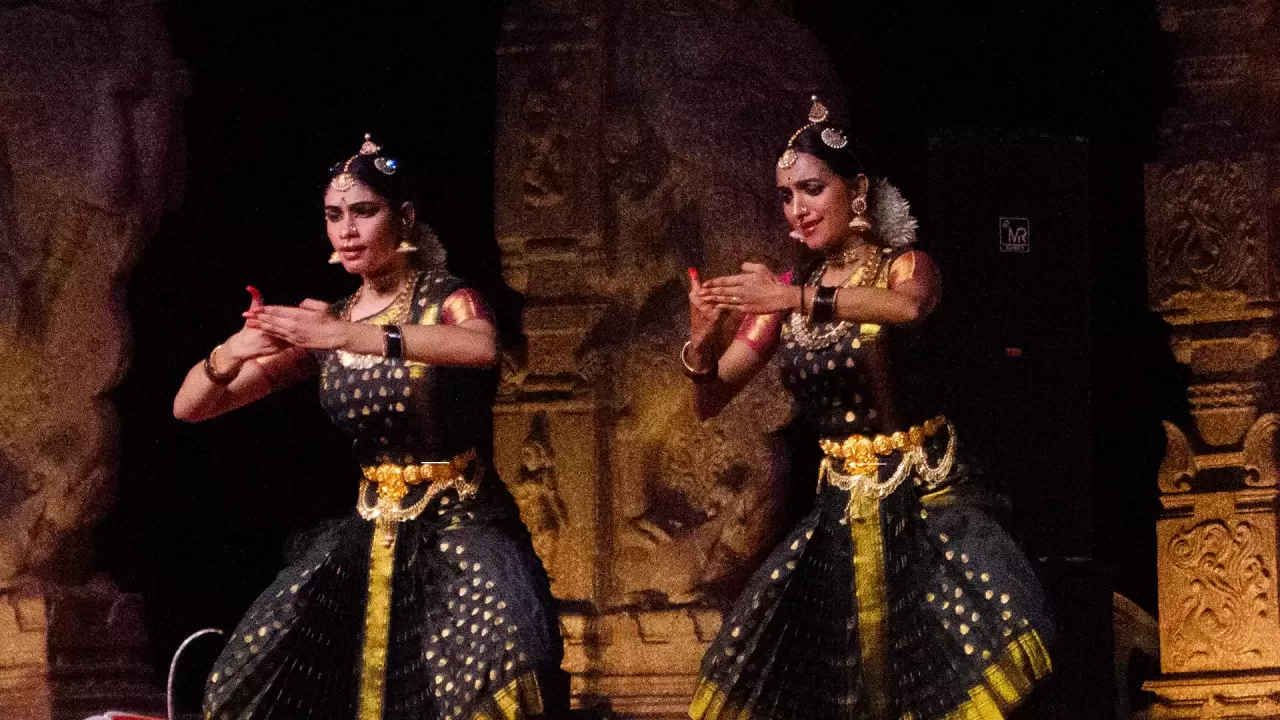
Natyanjali Dance Festival
Tapping their feet on every beat and swaying away with the applause of audience are the talented dancers delved in this famous festival of Tamilnadu, Natyanjali Dance Festival. Viewing it as a shining opportunity, artists from across the globe set their foot into this tourism destination and are the driving force in achieving the motive of this festival, which is ‘unity in diversity’.
When divided, Natyanjali means dancers dedicating their art of dance, where ‘Natya’ means dance and ‘Anjali’ means offering. The artists pay their respect to Lord Nataraja (Lord ShivaChidambaram which is one of the most popular tourist destination in South India, is the host of this festival which is rejoiced in the month of February-March and begins on the day of Mahashivratri.
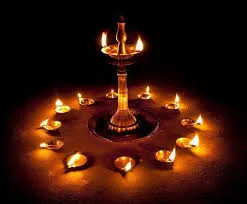
Karthigai Deepam
Tamil Nadu celebrates Karthigai Deepam as the traditional festival. It is a very old festival and is also celebrated in the neighboring states like Kerala, Andhra Pradesh and Karnataka. This festival is very important among the Tamils and every Tamil want to celebrate it wherever they are in this huge world.
The earliest Hindu scripture states that the two great deities of Hindu culture Lord Vishnu and Lord Brahma started fighting among them regarding the superiority. They both thought each one was stronger than the other. Karthigai Deepam is very old and people from long back have been associated to this auspicious occasion. The actual history may not be clearly stated in the scriptures but some citations have been found in the ancient writings.
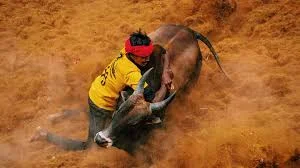
Jallikattu Bull Festival
The Tamil annual festival, Pongal has more vigour in districts like Madurai, Pudukottai, Tiruchirapalli and Tanjavur for it hosts the famous and ancient sports festival – Jallikattu. The bullfight that is similar to the Spanish bullfights traces its history to around 2000 years when the fight was conducted to select the most suitable bridegroom.
Jallikattu, also known as sallikkattu is a traditional sport of Tamil Nadu that is celebrated on the third day of Pongal – Mattu Pongal Day. (Usually it falls on January 16.) The history of this bullfight dates back to 400-100 BCE when it was played by the Ayars, an ethnic group in India. A bull is let loose among a crowd of people and whoever tames it will get the coins tied to its horn. The people who participate in the sport try to hold on to the animal’s hump to stop it. Sometimes, they run along with the bull.
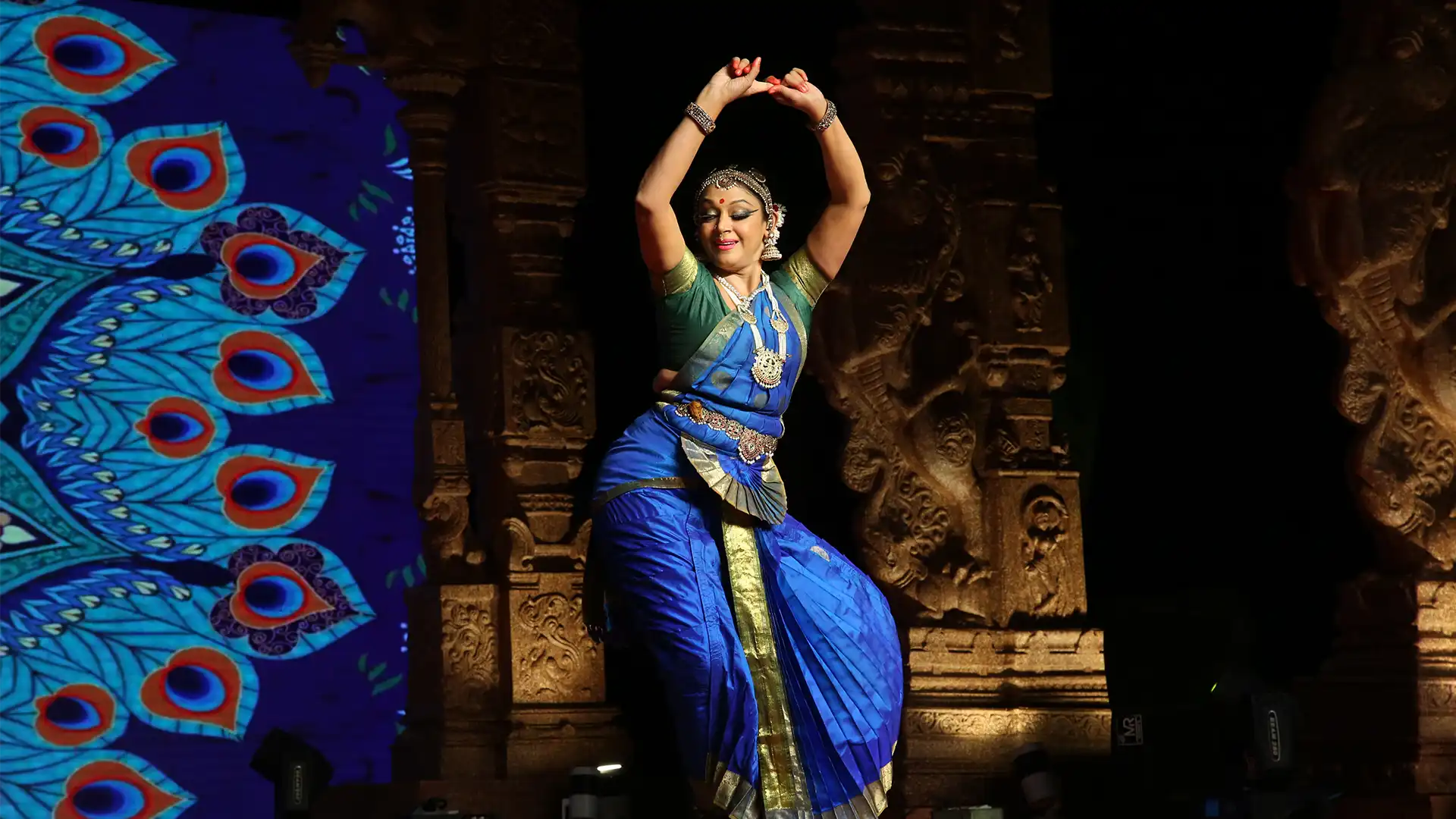
Music & Dance Festival
The temples and auditoriums in Chennai will reverberate with Ragas and Thalas of music and dance, especially classical music during the months of December and January. Artistes from across the country flock to Chennai to participate in the famous Margazhi festival, that is currently known as the Music and Dance Festival of Chennai.
The cultural festival of Dance and Music is held in the Margazhi month (mid-December to mid-January) of the Tamil calendar. Young prodigies and legends consider this an ideal platform for showcasing their talent.The festival, usually held in temples, heritage bungalows, and auditoriums, will have both solo and group performances.All forms of classical dances are performed. With over 300 concerts, Chennai will see a conglomeration of diverse cultures during this time.
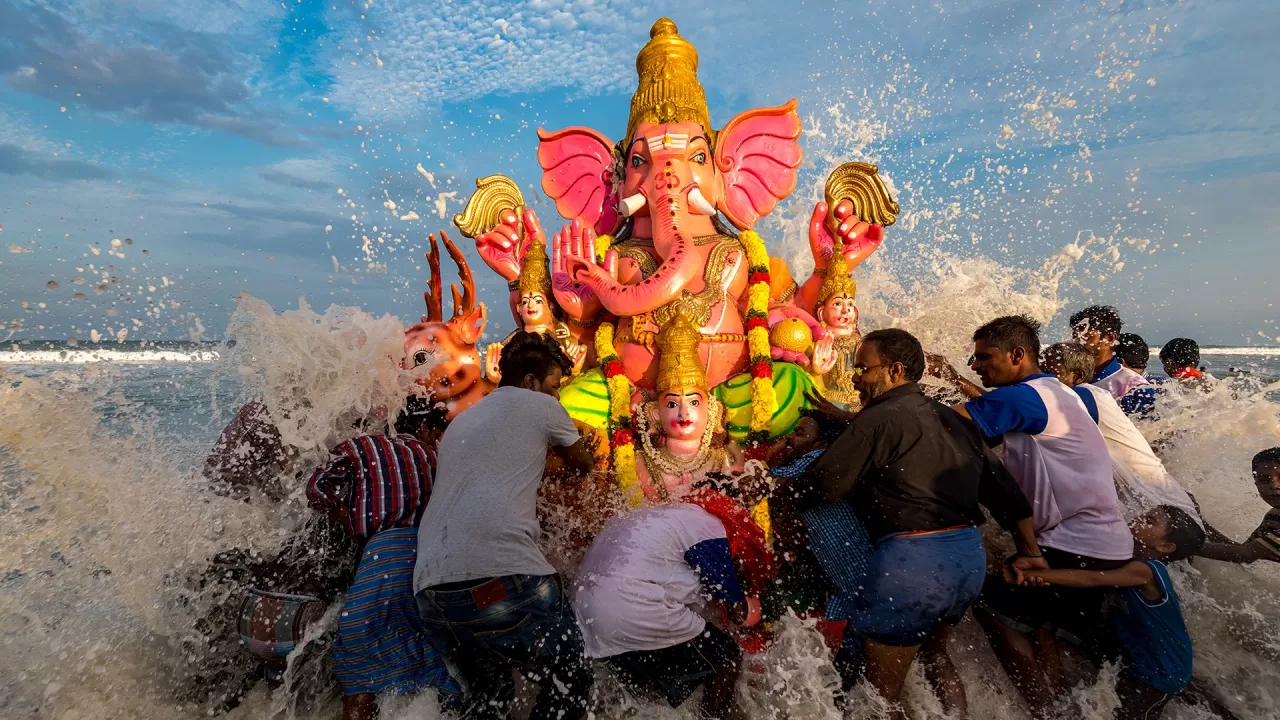
Vinayaka Chathurthi
Vinayaka Chathurthi is a festival to revere the Lord who removes obstacles, Lord Ganesha. On the fourth day after the new moon in the Tamil month of Avani, devotees start eleven days of celebrations by worshipping clay idols of the Lord. These idols will be installed outdoors in pandals or marquees.
Vinayaka Chathurthi or Pillayar Chathurthi is observed with much fervour in Tamil Nadu in August or September. As per the Hindu calendar, it falls on the fourth day of Bhadrapada month. The legend behind this day says that it was on this day that Lord Shiva beheaded Lord Ganesh for refusing him entry into his abode.Lord Ganesh was guarding Lord Parvati while she was taking a bath. Later, Lord Shiva brought him back to life, by replacing his head with that of an elephant.
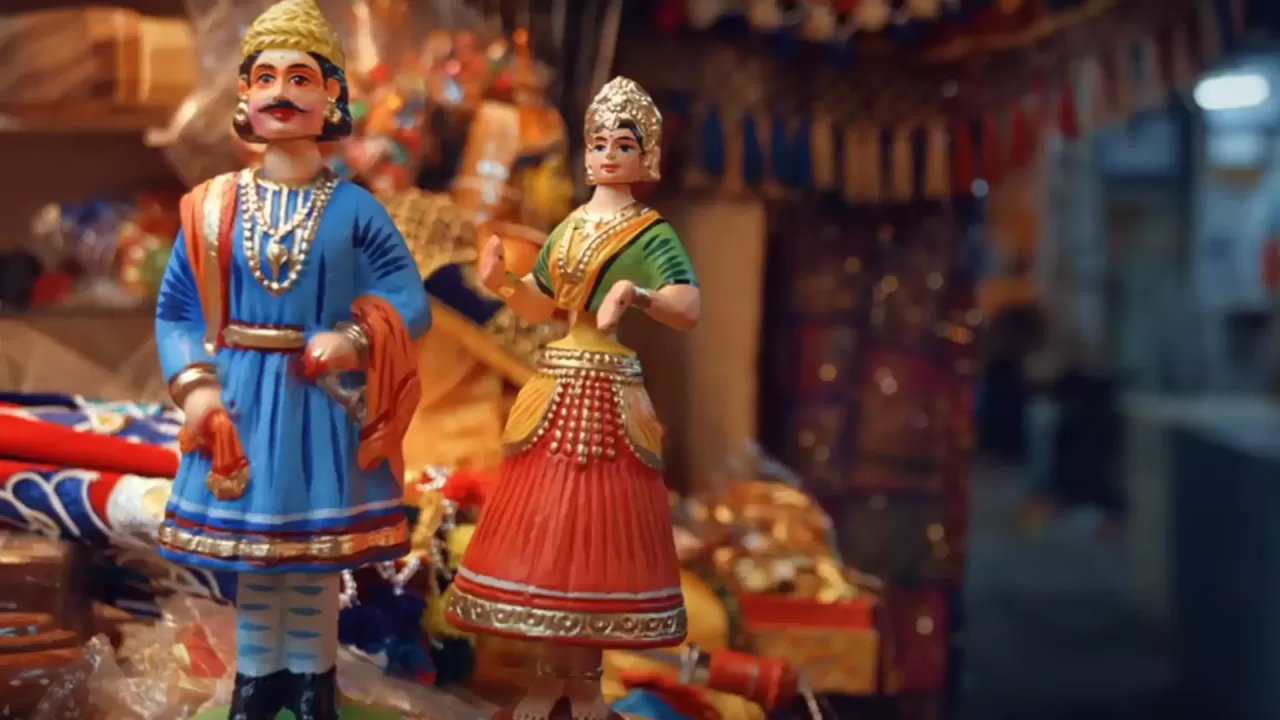
Navratri
When it comes to devotion and art, Tamil Nadu is unique, and all that is reflected in its Navaratri festival. Who would not want to visit a Tamil house during the Navaratri season to see the Kolu/Golu, a perfect blend of devotion and art!
The nine-day Navaratri festival is widely celebrated across India but has an added charm and aesthetics in Tamil Nadu. People in the state decorate their houses to welcome the three Goddesses, Durga, Saraswati, and Lakshmi. The festival begins with Devi Paksha which falls in the Ashwin month (September -October) and ends with Vijayadashami. Devotees sculpt idols and toys of Gods and Goddesses. These are kept on a raised platform or dais called Golu/Kolu, designed in the form of tiny steps, and kept in households and temples.
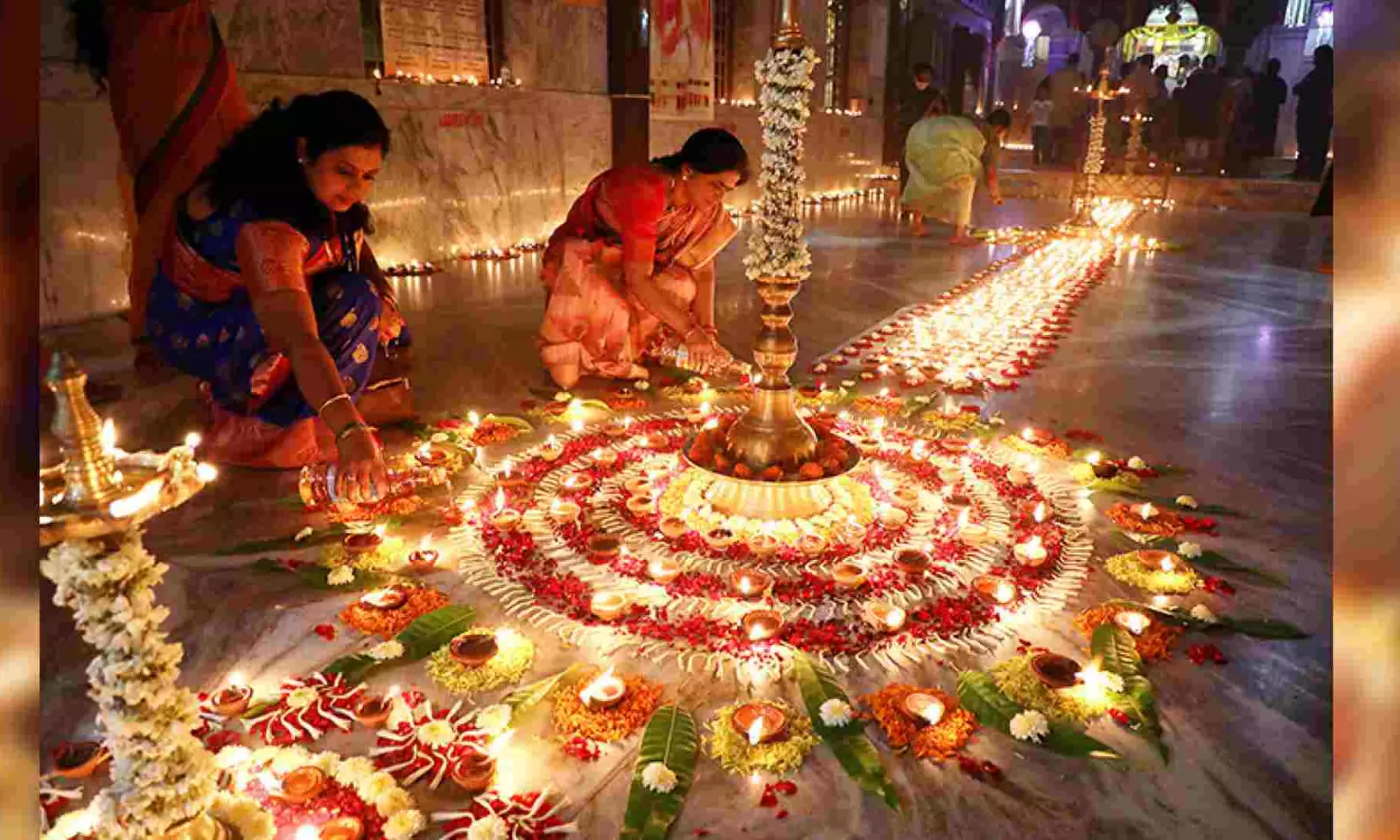
Deepawali
For a Tamilan, a Deepavali celebration starts with an early morning oil bath and ends by bursting crackers at night. Textile shops and sweet shops will be flooded by Diwali shopping customers. It is the peak business season for the firecracker industries in Sivakasi.
The festival falls in the month of October/November. The term Deepavali is formed by coining the Sanskrit words, Deep (lamp) and vali (array). In Tamil Nadu, the five-day Deepavali celebrations begin with an oil bath before sunrise.This is considered akin to taking a bath in the Ganges. Oil is symbolic of washing off the evil traits in one, such as ego and jealousy. After the bath, people wear new clothes and perform Puja.
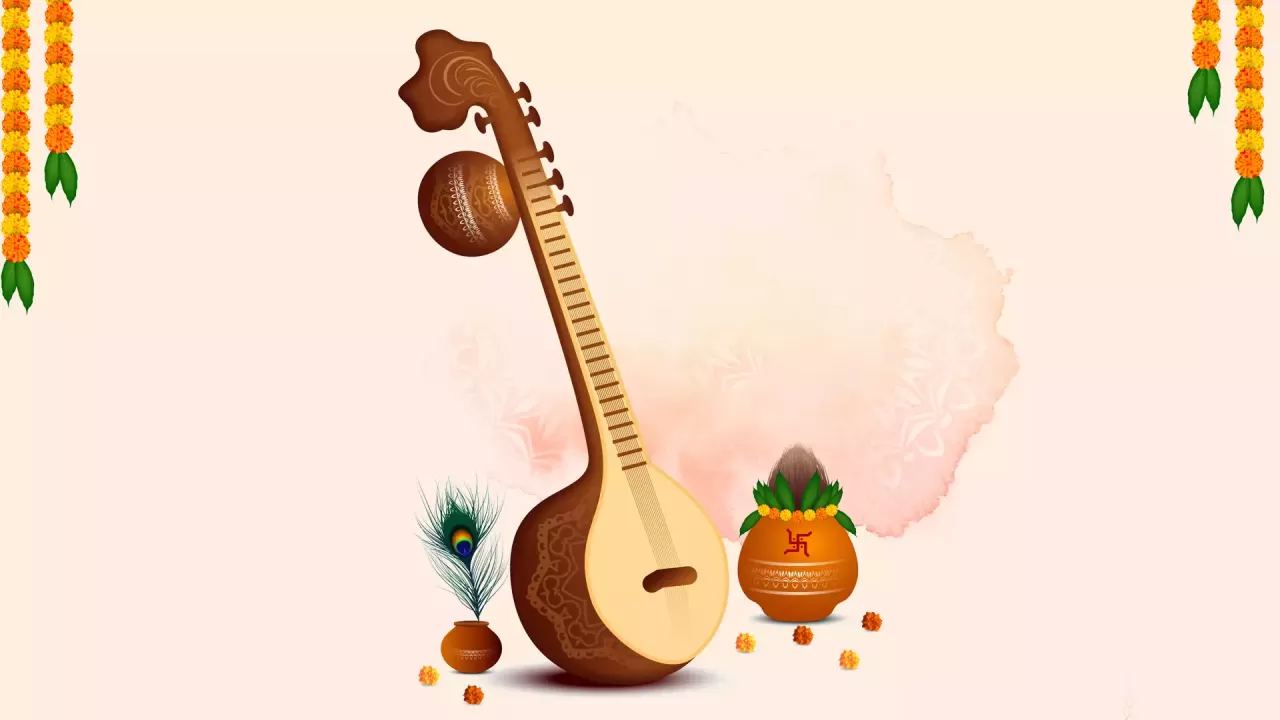
Saraswathi Pooja
As per the Hindu traditions in Tamil Nadu, there is no better day than Vijayadashami for starting new ventures, projects, or learning the alphabet or any other art form. This is the day that comes after Mahanavami, where Puja is performed to propitiate Goddess Saraswathi in Tamil Nadu. In Tamil Nadu and Kerala, Saraswathi Puja is observed on the ninth day of the Navarathri festival.
Also known as Ayudha Puja and Astra Puja, Saraswathi Pooja is observed on the 9th day of the Navaratri festival that occurs on days between September to October. During the evening of Mahanavami, the Goddess of wisdom, art, and literature is revered by devotees keeping their books, instruments, and tools for Puja in front of the idol of Goddess Saraswati.